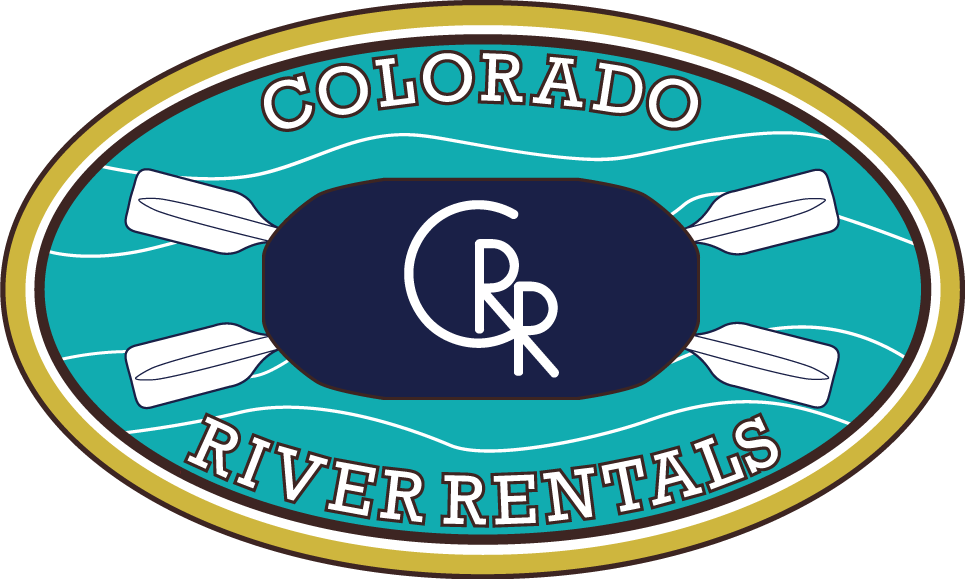Facts About the Colorado River
The Colorado River is world-renown for many reasons, including the Grand Canyon, rafting, fly fishing and more. While you have more than likely heard of the Colorado River and possibly experienced it, there are a lot of things about this great body of water that you might not know.
The Colorado River is the most important river for the southwestern United States and spans nearly 1,500 miles in length. It flows through five U.S states, including Colorado, Utah, Arizona, Nevada and California. What you may not know is that the Colorado River also flows internationally through 2 Mexican states; Baja California and Sonora. Meaning if you got in a kayak and tried to make your way…you can get from the Gulf of California to Colorado. It may take you a while, but it is totally possible!
The Colorado River supports 4 national recreation areas, 7 national wildlife refuges, 11 US National Parks and 20 dams along the Colorado River and its tributaries. The most popular being the Grand Canyon. The Colorado River is also fed by tributaries in Wyoming and New Mexico.
For over 12,000 years the river has been an important means of transportation, water supply and life in general for indigenous populations and modern sports enthusiasts. The first recorded explorer to reach the Colorado River was Francisco de Ulloa in 1536. The Europeans arrived shortly after in the 1600s. This had a great impact on the local Native American Tribes. In the 1800s and 1900s their rights to the water were ignored and today there are only 10 tribes holding water rights or fighting for water rights to the Colorado River, and yet the river provides the “lifeblood” for at least 22 Native American Indian tribes. John Wesley Powell’s exploration in 1869 included the Grand Canyon and was very successful.
The land along the Colorado River is home to a variety of wildlife species including elk, bobcat, deer, mountain lions and sheep, coyote, and also a large variety of birds. Of the 40 species of fish found in the Colorado River, 30 are endemic and four are endangered.
The name “Colorado” originates from the Spanish word for red color. This is because of the red sandstone silt that would cover the river basin, making it look red. Until 1963 the Colorado River looked red. The Hoover Dam’s construction removed the red silt and it is no longer a red color.
The river has been a huge source of potable water for U.S. as well as parts of Mexico. About 78% of the river’s water is used for agricultural purposes, much like it was thousands of years ago for the natives. It is the main irrigation source for 5.5 million acres of land that provide 15 percent of the nation’s crops. The water of the Colorado River forms 25% of the total water that flows out of the state and joins the ocean.
And last but not least on this list…. the water temperature of the Colorado River once reached over 80°F. Today, because of damming and other activities, it does not exceed 47°F, which makes for one cold and cool dip!



